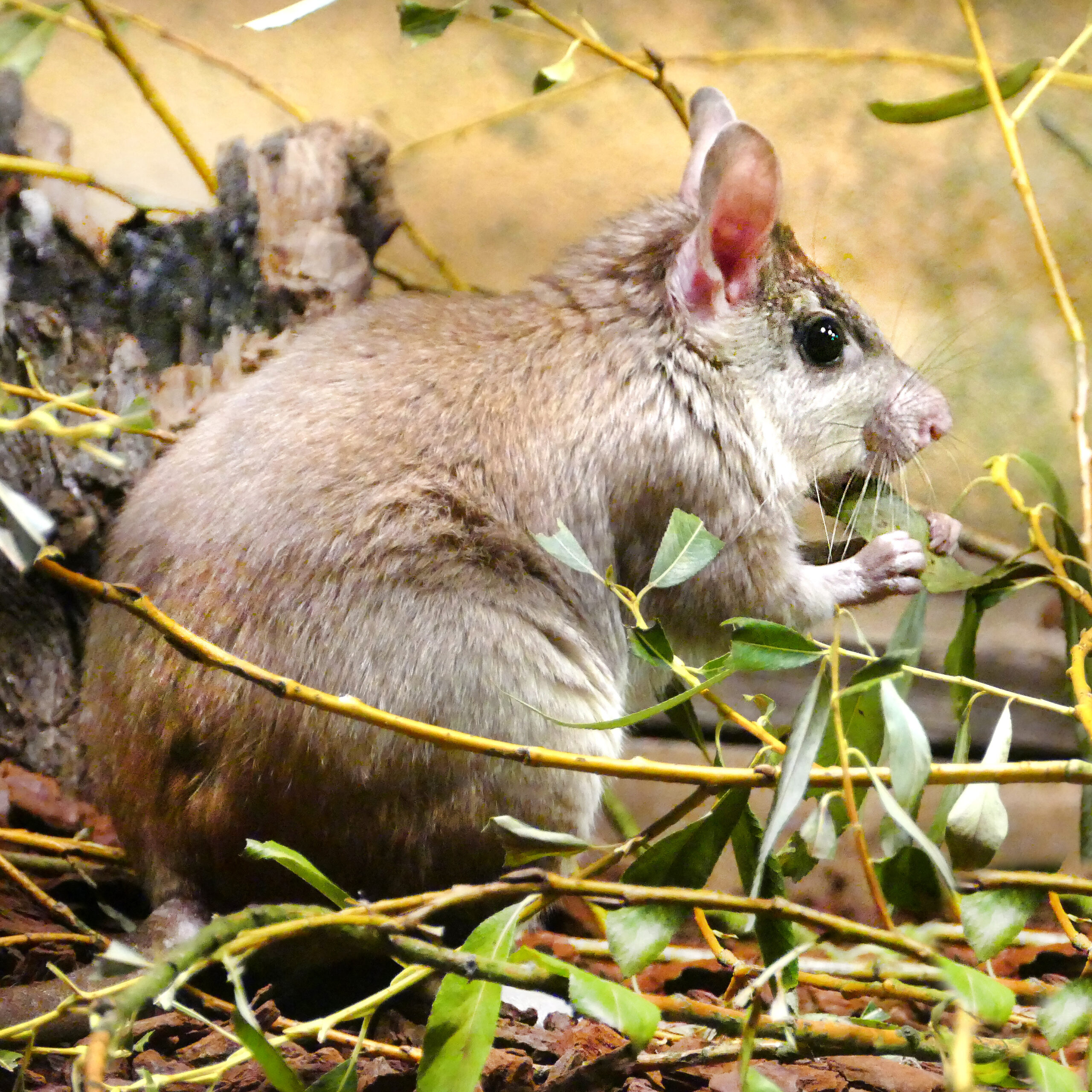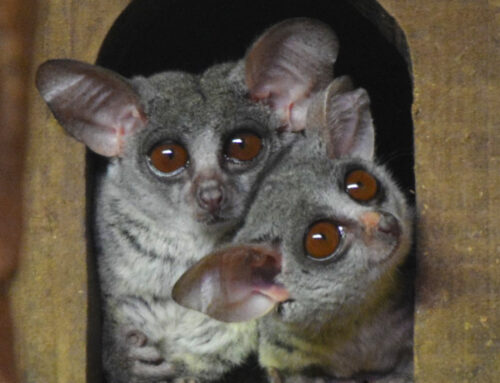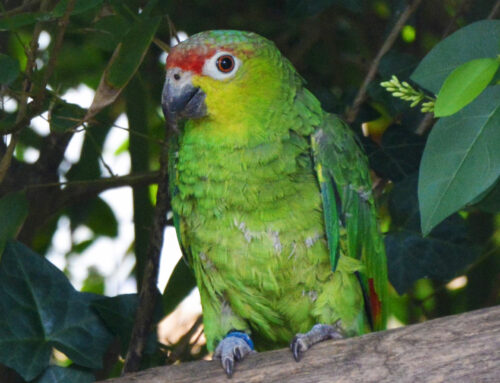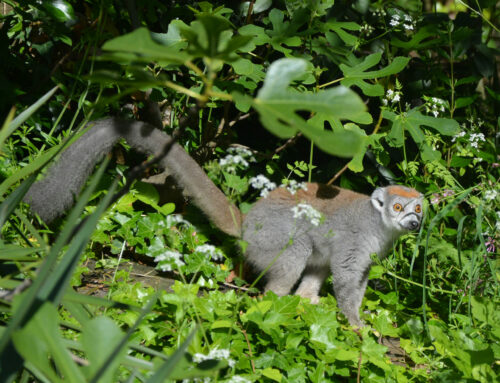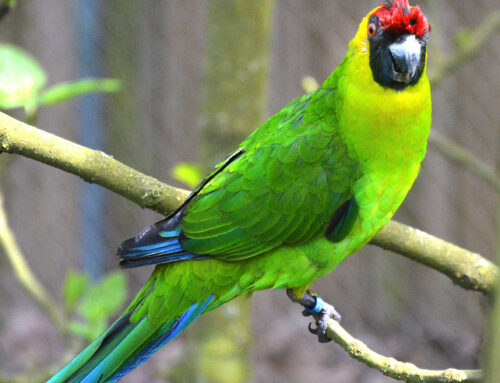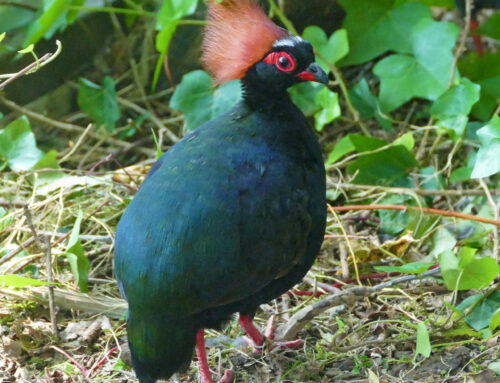EXCLUSIVE at the Zoo des Sables d’Olonne !
This Thursday, July 06, 2023, the team of the zoo is pleased to welcome a new species, extremely endangered in nature.
Halfway between the rabbit and the wallaby, the giant vositse, or giant jumping rat of Madagascar (Hypogeomys antimena), is the largest rodent of the island. Endemic to Madagascar, it is found only in a forest on the west coast: the dry forest of Menabe.
Strictly nocturnal, it lives in pairs, in burrows where it raises one to two young per year. This low reproductive rate is not without consequences on the population of vositses which does not grow as quickly as that of other rodents, making it vulnerable.
Faced with the collapse of the population (88% in 12 years!), the International Union for Conservation of Nature (IUCN) has classified it «Critically endangered» on its red list. Two major factors are at the root of its gradual disappearance: climate changes that lead to aridification of their living environment and the destruction of their forest.
A breeding program comprising about fifty individuals, tries to reproduce this species in captivity, in order to stop its extinction. The Sands Zoo is the only French zoo to present this emblematic species on the verge of extinction. For the moment we welcome two males: Father Hendry, 5 years old and son Elo, who is just one year old. As soon as possible, we will receive a female from Jersey!
ARRIVAL OF ONE PAIR OF MADAGASCAR TEALS
A sensitive species, classified as «Endangered» by the International Union for Conservation of Nature (IUCN) joins the 27 other threatened or near-threatened species of the Sable Zoo.
Endemic to Madagascar, and more particularly to the west coast of the island, the Madagascar teal (Anas bernieri) is a small duck that meets in wetlands: small salt lakes or marshes where it nests in tree cavities.
In nature, there would still be less than 2000 individuals and the trend is steadily downward! Mangrove timber harvesting, conversion of salt lakes to rice fields, human disturbance and intensive hunting are the main causes of the decline in their numbers.
Madagascar teals’ pair arrived on May 15th. Just one year old, the female comes from a Dutch establishment, while the male comes from the Dvur Kralove Zoo in the Czech Republic. They are now visible in an aviary, where they cohabit with ibis and pink spatulas.



